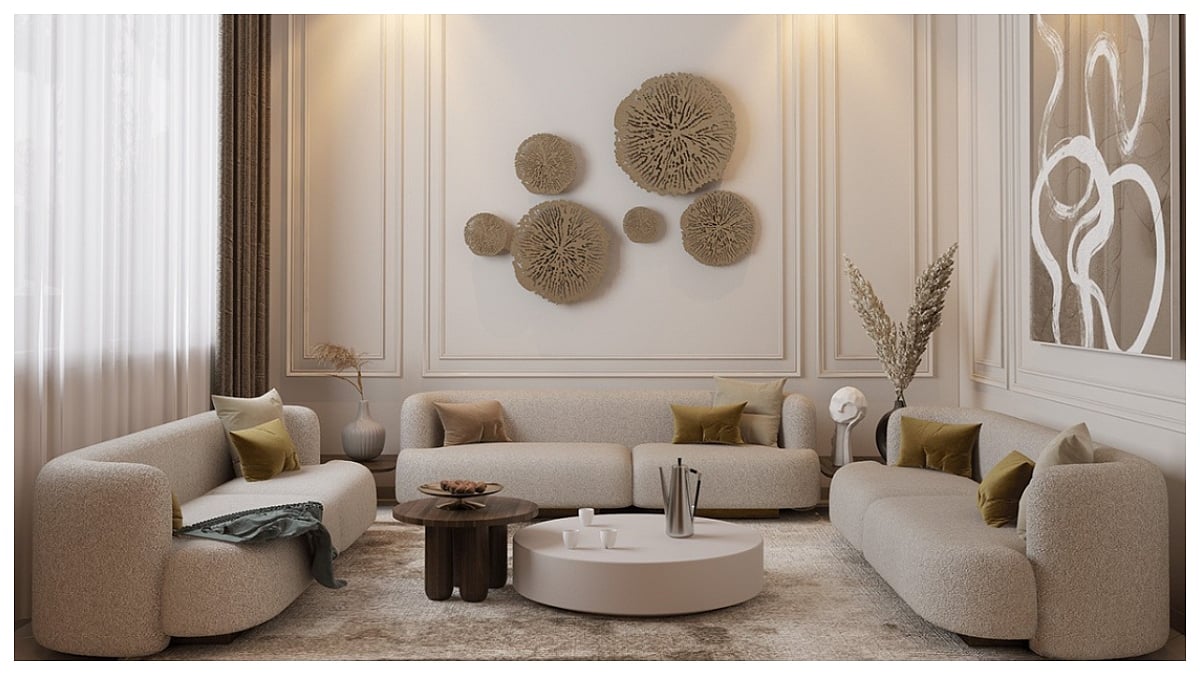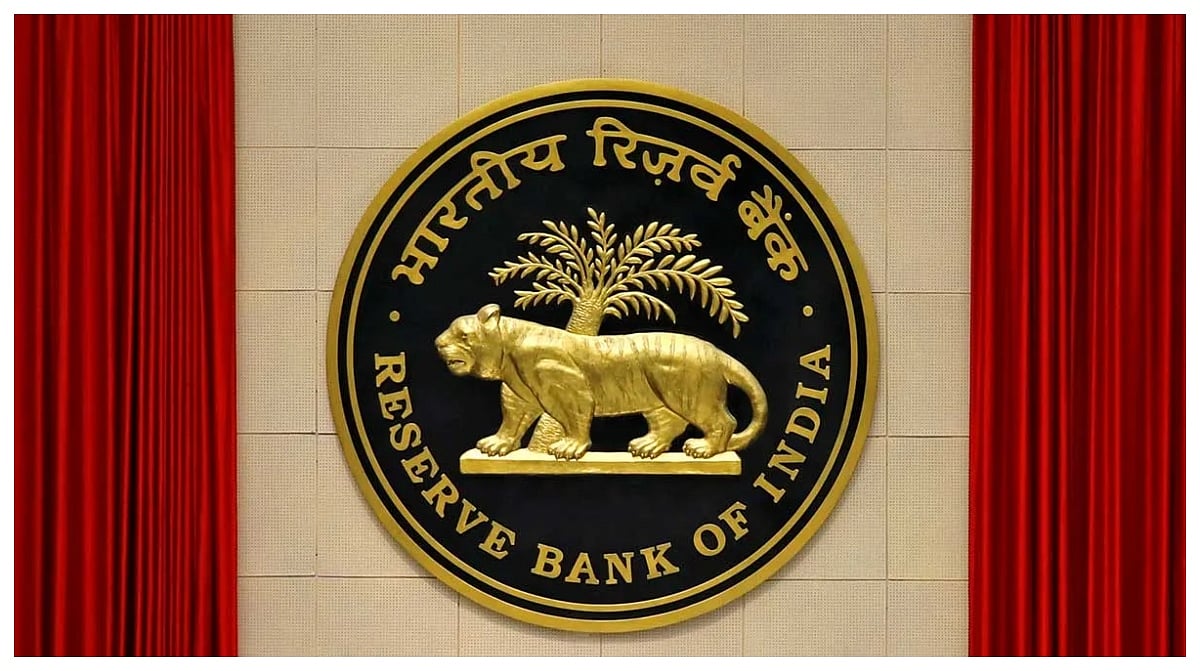Commercial interior design has historically been a cost-intensive and time-consuming process until the industry underwent technological disruptions. Before the onset of COVID-19, the industry was going through a silent digital revolution. However, the social distancing norms and work from home models resulted in an accelerated digital transformation.
With evolving work culture across the globe, the commercial interior design segment is no longer limited to creating functional spaces. Instead, it has imbibed a whole new aspirational essence wherein consumers are more demanding than before. Consumers look for innovative and aesthetically pleasing designs with high-end customizations and professional execution services.
The emergence of innovative ideas has altered the purpose of designing a commercial space in the new normal. The offices have become paperless with the adoption of cloud storage, resulting in the surge in demand for the convergence of new-age technologies to create digitally optimized commercial spaces.
For instance – new-age commercial design and build companies have already started embedding Virtual Reality, Augmented Reality, Advanced sensors, Artificial Intelligence and Machine Learning algorithms to create futuristic office designs. Considering the surge in demand for designing digitally-driven offices, commercial design companies are capitalizing on the potential of new-age technologies that are also acting as a catalyst for growth.
Technology as a key enabler in design
The unpredicted movement restrictions to contain the spread of COVID-19 made every business realize the power of technology in continuing their operations. It resulted in overnight shifting of businesses to remote working. With an accelerated use of digital tools, companies continued their collaborative tasks and meetings without going to offices. However, now the market is moving on the path of recovery and offices have reopened for its employees.
In this scenario, the companies have adopted a hybrid work approach to ensure employees’ healthy safety. On the other hand, they also look for bringing back the same support and commitment among employees that was before the onset of the pandemic.
As a solution, tech-led commercial design and build companies are amalgamating digital tools to augment hybrid work culture. They are utilizing the potential of new-age technologies to facilitate seamless and safe in-person interactions for better communication while promoting safety at the workplace. This has triggered expedited the growth of commercial design space enabled by technology.
Digitization of commercial office design delivery
The integration of technology has significantly disrupted the commercial design segment. Considering the traditional in-person client and designer relationship, there was a lack of efficiency, convenience and unmet deadlines. Innovative technologies such as Augmented and Virtual Reality have elevated the process of design execution and delivery. The integration of such technologies requires no-in-person visits for the client as well as the designer, resulting in a quicker, more affordable and convenient design delivery.
The integration of Virtual Reality aids 3D visualization of the space. This further allows virtual walkthroughs for better space planning, designing and product selection. On the other hand, Augmented Reality enables better visualization of design even before it is developed. This reduces tedious time-consuming corrections at later stages that affect the delivery of projects. Every minute detail is communicated interactively that optimizes the process of space designing and promotes efficiency.
Technology enables smart office design
Technology has become critically important for enabling new-age office designs. When organizations moved to remote work culture, the technology aroused the need for having digitally-driven office design with smarter space optimization. Organizations now look for incorporating smart products to drive employee productivity and health safety.
As the employees spend most of their time in the office, commercial design companies have started understanding the need to integrate functionality, flexibility and adaptability. For instance, technologically-enabled commercial design players have started integrating temperature, lighting and ambient control products to promote the well-being of employees. On the other hand, they have also started planning commercial office spaces embedding touchless technologies for employee attendance, app-based meeting room bookings, automated doors, etc to help organizations thrive in the post-pandemic world.
Takeaway
The technology ensures a promising future for the commercial design segment. Undoubtedly, it has expedited the recovery process of the segment and is also expected to continue disrupting the segment in the post-pandemic world. It will also continue helping commercial design companies to redefine the industry with an emerging set of fresh experiences, acting as a catalyst for the growth of the entire design and build industry.
(Kunal Sharma is CEO and Founder, Flipspaces)








